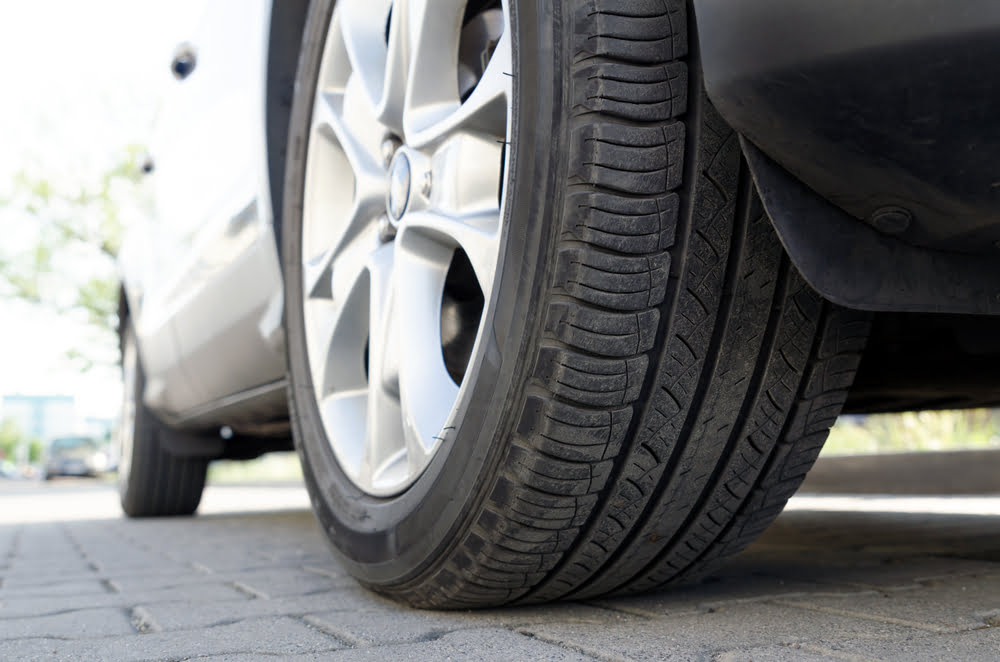Winter is approaching again, next Saturday on Sunday night the clocks will be set back one hour. At 03:00 the clock goes back to 02:00 and we can sleep an hour longer. Winter is not a good time for everyone, dark early, cold and wet weather and sometimes snow as well. Last year, winter tires were sold en masse when the weather suddenly changed. This may not be very useful because due to the crowds at that moment you can hardly go anywhere to have your tires changed.
Autumn is a good time to think about what you are going to do with your tires, are you going to replace your summer tires with winter tires or do you have all-season tires? Are you going abroad by car this winter or are you staying in the Netherlands? Winter tires perform best at temperatures below 7 degrees. That temperature is usually reached in the Netherlands from November to March, but the mercury can also be below that temperature in April. During this period, it is strongly recommended to drive on winter tires.
Winter tires offer more grip than summer tires as soon as the temperature drops below 7 degrees and on wet roads. In the Netherlands you are not obliged to drive with winter tires, but in many neighboring countries it is mandatory in winter or in winter conditions. Winter tires are mandatory in, among others, Germany, Luxembourg, Austria, Slovakia, the Czech Republic and from November this year also in the mountain areas in France. On the website of the ANWB you can find the exact rules per country.
All-season tires are again not so suitable for snow, this tire has the characteristics of a summer and a winter tire. You can leave these tires on your car all year round. At temperatures around 25/30 degrees and -10/-15, these tires perform less well than summer or winter tyres. So it is always good to check with yourself every autumn which tires are most suitable for you.


